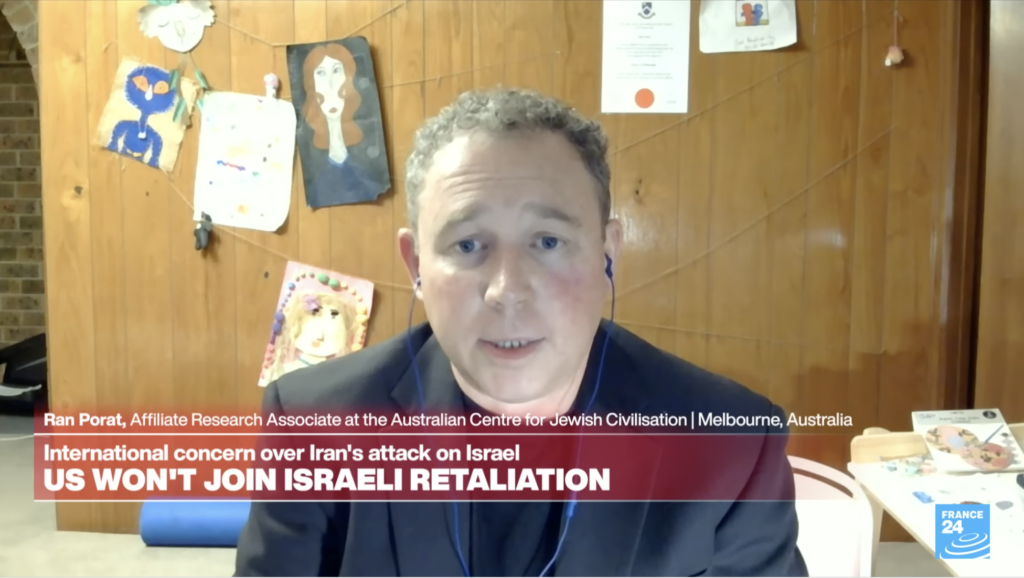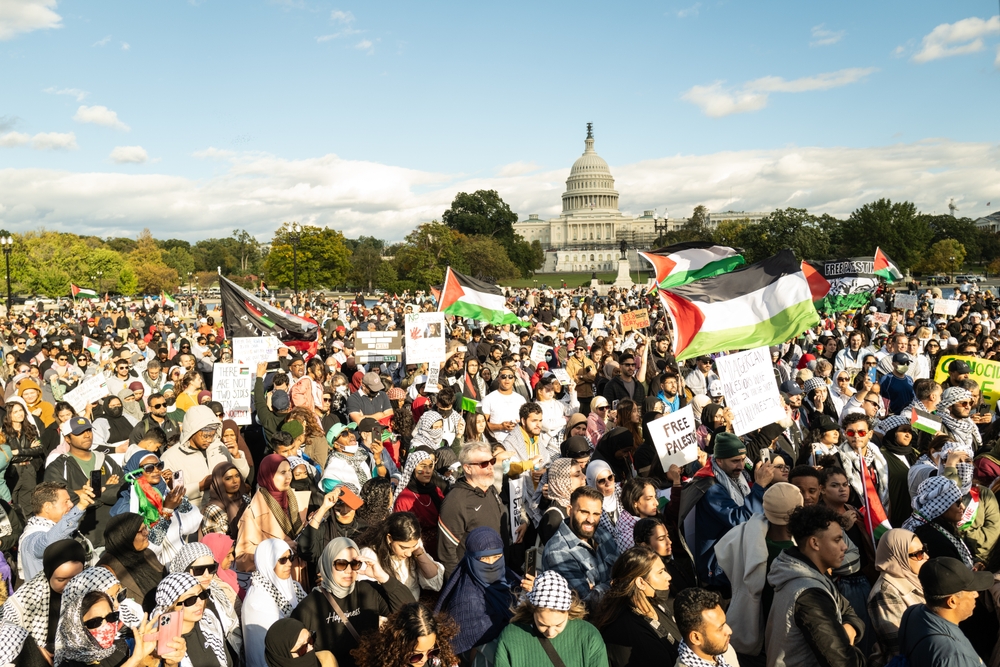UPDATES
Settlement housing starts slowing, yet media fails to report it
Jun 2, 2014 | Ahron Shapiro

Israel’s Central Bureau of Statistics released its quarterly statistics on housing starts on Thursday, a document which includes data on Israel’s construction in its West Bank settlements. That report showed that construction is down 76.4 per cent from the same quarter in 2013.
The announcement marked the fourth straight quarter of decreases, and housing starts in the settlements are now at its second lowest point since Israel’s unilateral construction freeze in 2010.
These facts have not been reported outside of Israel. Instead, foreign correspondents have unfailingly chosen to focus on alarmist reports issued by left-wing NGOs, especially Peace Now, over the same period which are based almost entirely on the misleading criteria of Israeli government “announcements” or the “promotion” of settlement plans to create an illusion that settlement growth was increasing. In fact, it demonstrably was not.
Furthermore – and this point can never be made enough, for it is almost never reported – the character of Israel’s construction in the West Bank does not threaten a two-state resolution because no new West Bank settlements are being built, existing settlements take up less than 2 percent of the West Bank, and their municipal boundaries are not being expanded.
When it comes to settlement growth, housing starts are the only statistics that truly matter. So, lets look at those statistics, all based on Israeli Central Bureau of Statistics’ published data.
In 2013, 2,580 dwellings were started (Roughly 1,723 of which commenced before the Kerry peace initiative). It’s worth mentioning that the vast majority of those homes were being built in just a few major settlements straddling the Green Line – settlement blocs that Israel expects to keep in exchange for land swaps in any conceivable peace agreement with the Palestinians.
As left-leaning Ha’aretz reported on March 3 (using figures that differ only slightly from the revised figures published on Thursday):
Of the 2013 housing starts, 1,710 were in apartment buildings typical of the larger settlements, like Maale Adumim, Beitar Ilit and Modiin Ilit, while 824 were single units in the smaller settlements.
In 2012, 1,190 dwellings were started. In 2011, 1,109 were started and in 2010 a year partly covered by the settlement freeze, 738 were built.
Here is a line graph that charts the housing starts from quarter to quarter since 2006 (the last quarterly figures the CBS archives online).

And here’s a line graph that charts the annual housing starts from year to year (2014 is estimated based on the first quarter alone, not on the slowing trend).

What’s obvious by looking at these charts is that the overall level of housing starts, while experiencing fluctuations, has remained rather steady since 2001. What it also tells you is that the amount of growth as a percentage of the settlements’ total housing stock has decreased over time as a result of largely flat average annual construction levels.
When faced with these ho-hum statistics, how is it that the media creates the impression that settlements are experiencing historically high levels of growth, when they aren’t?
That brings us back to Peace Now and its misleading methodology. Take its latest report from April 29, about Israel’s policy on settlements during the recent nine-month peace talks.
The Peace Now report opened:
During the 9 months of Secretary Kerry’s efforts in the region, the Israeli Government promoted plans and tenders for at least 13,851 housing units in the settlements and East Jerusalem – an average of 50 units per day and 1,540 units per month.
Here in Australia, Peace Now’s report was not widely publicised but SBS did reference it in a recent article on its website.
Figures quoted by Israeli settlement watchdog Peace Now show that during the nine months of talks, Israel approved plans for nearly 14,000 new settler homes.
Peace Now says that almost 14,000 units were “promoted”. SBS and others said “approved”, yet for all intents and purposes buried in the report is the only statistic that really matters, that in the second half of 2013, the number of housing starts was only 828.
As the blogger Elder of Ziyon recently showed, according to Peace Now’s own descriptions of the methodology for its reports, a single potential dwelling could be counted having been “approved” eight different times before any construction is started. Moreover, in many cases, even construction that has gone through all those hoops may never be bid on or built – a fact that would not be apparent to somebody unfamiliar with the process. Peace Now’s media releases and the news stories based on them make no effort to explain this reality.
The partial and incomplete nature of Peace Now’s reports have been confirmed by none other than the settlers themselves, who complain the pace of construction under the Netanyahu Government is exaggerated by the NGO and, in fact, they say, current construction does not even come close to meeting simple market demand.
Following the release of Peace Now’s April report, the pro-settler news site Arutz Sheva quoted Vice President of the Yesha Council, Yigal Dilmoni:
“Unfortunately, the pace of construction in Judea and Samaria and Jerusalem does not provide a solution to the increasing demand for housing, causing a rise in housing prices,” he said. “The cynical report uses the phrase ‘unprecedented building,’ when in fact these are only preliminary planning meetings.”
Ironically, Peace Now’s politicised campaign has been fuelled by the actions of certain pro-settler elements in the Israeli government that are seen as being responsible for the housing planning “approval” announcements. Like Peace Now, but for opposite reasons, these political forces have an interest in overstating the actual amount of construction that is taking place in the settlements (even to the point of marketing a planned neighbourhood inside an existing settlement as though it were a new settlement itself, as in the case of the Leshem neighbourhood of the settlement Alei Zahav last year). Perhaps they do this because they wish to impress their pro-settlement constituents with the extent of their political “achievements” in government.
The important thing to realise, however, permission to break ground on a new home in the settlements is not in the hands of one political party or even the Housing Minister or Defence Minister, but in the cabinet and Prime Minster themselves.
It’s a contentious issue. On Friday, citing a meeting between Prime Minister Binyamin Netanyahu and settler leaders, Arutz Sheva claimed that Netanyahu had recently imposed what amounts to a silent settlement freeze, over the objections of the pro-settler faction in the Cabinet.
Informally, Netanyahu denied this, according to the Jerusalem Post.
Ahron Shapiro
Tags: Israel











